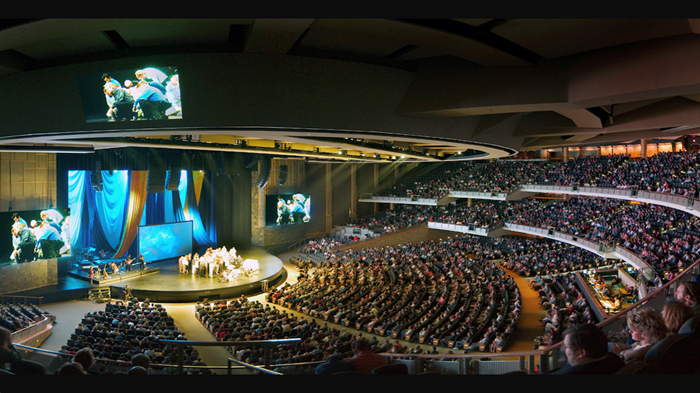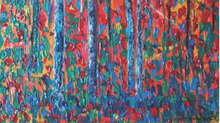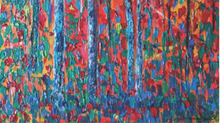The Legacy of Willow Creek 2

This is the second part in a five-part series on the Legacy of Willow Creek Community Church [WCCC]. The first post was about seeker-friendly services. Much can be learned from WCCC’s influential approach to church in the late 20th Century and early 21st Century. In our study A Church called Tov (pronounced as I “dove” into the water, so tōv) we discuss how this term tov describes the goodness of God’s creative designs and how tov also is used for “beautiful, excellent, gorgeous.”
WCCC was committed to this kind of tov: they wanted services to be tov, they wanted sermons to be tov, and they formed an approach to the performing arts that was routinely tov.
So, WCCC made space in its services for the performing arts. The classical form of art in churches, beside architecture and paintings, has always been music – hymns, choirs, classical performances – but that shifted under the influence of the Willow seeker-friendly service. The shift underway (and WCCC was a part, perhaps a big part) was from worship to performance, from congregational singing to solo performance, from choirs to “worship bands.” Hymns were devalued and up the charts rose praise and worship songs.
Nancy Beach became an international Christian thinker on the performing arts. For years she led an annual Willow conference to help other churches find a way to use the arts back home. She and her team of talented creative types turned scripts into skits that were seeker-friendly and relevant to common human interests. One began to find their skits in church services across the globe. Many had more impact and were more memorable than the talks that followed.
A worship leader like Greg Ferguson both wrote and performed – with various worship teams – music that was creative and catchy. At times a dance was performed on the stage and at other times an artist would draw or paint during the service under the observant eye of a distant camera that was projected onto a large screen for all to see.
Obvious especially to the trained eye was the staging and color formations. Those who were to perform on the stage were required to wear colors that made the person more (or less) attractive, and at least one person has told me that she was required to send to a production manager or to Hybels a picture of what they would wear on the stage that weekend. If not approved the person would have to change the outfit. (That’s not tov.)
Sermons, too, were performatively exceptional. Bill knew how to tell the right story at the right time in the right way, John Ortberg was a master of intelligent humor and accessible Christian life principles, Lee Strobel could offer compelling reasons to believe the faith, and Nancy Beach offered timely, pastorally-sensitive Christian principles from the Bible that could reshape the lives of ordinary suburbanites.
Add to these an array of gifted speakers with moving stories and compelling messages and you have nothing less than another dimension of performing arts – the arts of communication and persuasion.
What struck me when I first began to attend Willow’s services was the exceptional quality of the acting in the dramatic skits. We once attended another church that boldly attempted to show the congregation what a Willow model would be like and put a person on stage singing and dancing in dazzling, shiny clothing under rented lights and it…well, it did not go tov and the church to this day is as traditional as it was before that wannabe Willow night.
All this was both seeker-friendly and capable of being done in other churches, which leads to our next observation about what I think the legacy of Willow will be: international influence.
Jesus Creed is a part of CT's
Blog Forum. Support the work of CT.
Subscribe and get one year free.
The views of the blogger do not necessarily reflect those of Christianity Today.




















